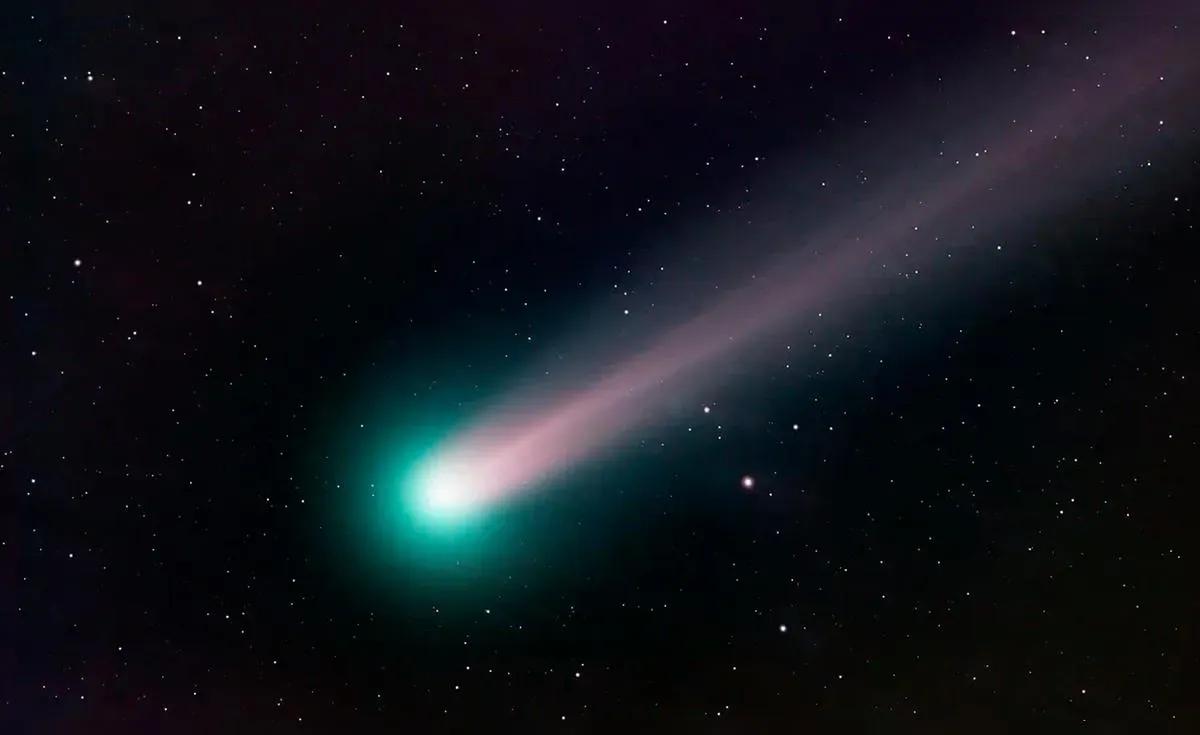The anomalies that raise alarms
This is not a "normal" comet. At least that’s what several observations indicate:
Its speed is extraordinary, greater than that of many known comets entering the solar system.
Its chemistry is atypical: the SPHEREx satellite detected abundant carbon dioxide (CO₂) gases in its coma — a CO₂ to water (H₂O) ratio among the highest ever seen in a comet.
Strange visual transformations are being observed: photographs suggest that the comet may be acquiring an emerald green hue as it approaches the Sun.
Its age and origin may be very ancient and from an unusual region of the galaxy. Some estimates classify it as “one of the oldest objects in the Milky Way.”
Why is NASA and the astronomical community on edge?
Rarity of the phenomenon: 3I/ATLAS is only the third time that an object from another stellar system has been recorded passing through ours (after 1I/ʻOumuamua and 2I/Borisov).
Unique learning opportunity: Studying a comet born in another stellar system can reveal planetary formation conditions, space chemistry, and the evolution of icy bodies as we do not see them in our environment.Real uncertainty: The chemical and behavioral anomalies raise questions – is it completely natural? – against what some have suggested as “a possible alien technology” (although there is no solid evidence to confirm this).
Real-time tracking: Its tail is developing, its coma is growing, and several missions could “traverse” its trail or measure it. This requires speed and coordination in observations from terrestrial and space telescopes.
What we know (and what we don’t)
What we do know: 3I/ATLAS has interstellar origins, exhibits typical comet activity (cloud of gas/dust, emerging tail), and is being observed by several missions.
What we don’t know: Its exact size is not well known—estimates vary—nor its complete composition. We also don’t yet know its exact history (which stellar system expelled it?).
What worries us: Although it poses no threat to Earth (its trajectory will not cross dangerously).
What intrigues us: The implications of such a “different” object passing through our system to test existing theories about comets, planetary formation, and stellar evolution.
So what now?
Intensive observations: Telescopes like the James Webb Space Telescope (JWST), Hubble, and others will continue collecting data on 3I/ATLAS.
Chemical study: Analyze in detail the CO₂/H₂O ratio, present metals, dust, etc., to compare it with comets from the solar system.
Tracking its trajectory and activity: See if it shows outbursts, fragmentation, unexpected variations.Review of models: Scientists may need to adapt their theories about comets and icy bodies — and perhaps about “interstellar travelers” — if 3I/ATLAS shows even more peculiarities.

Comments